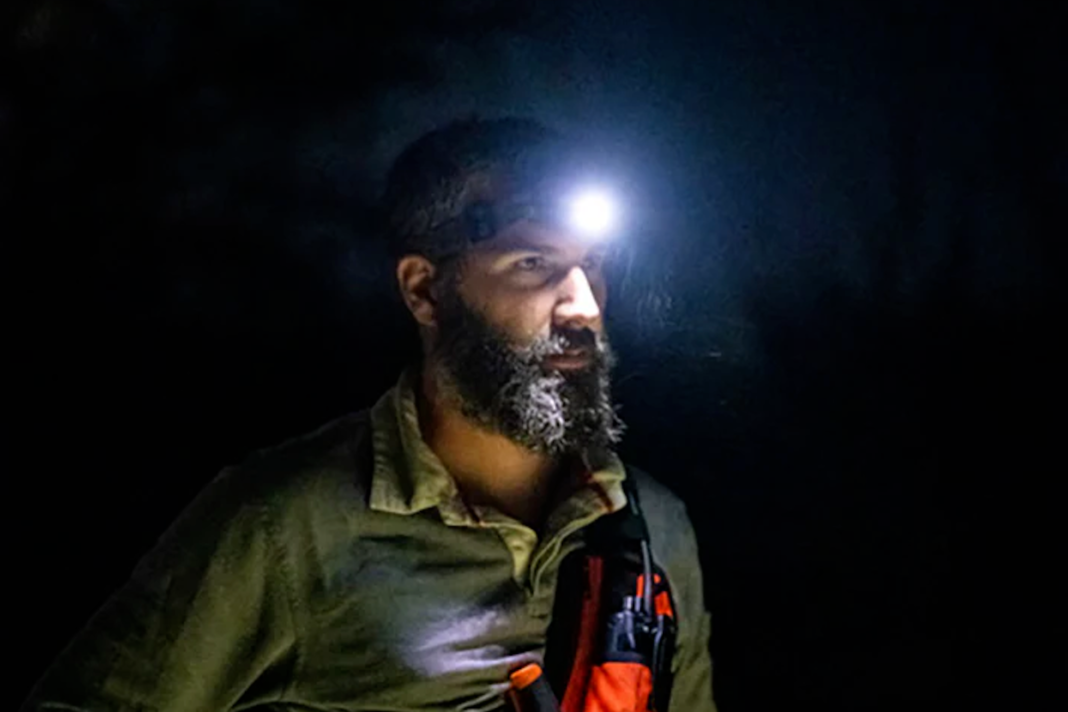Opinions expressed by Entrepreneur contributors are their own.
An unassuming gift of nine deer from India to the Hawaiian islands in 1867 has spiraled into a modern-day ecological nightmare.
On the island of Maui, the axis deer population has ballooned to about 65,000 and could grow to 225,000, devastating pastoral forage land and vegetation already scarce due to ongoing drought conditions.
But Jake Muise, CEO/Co-founder of Maui Nui Venison, is offering an unconventional solution to help balance the axis deer’s rampant spread: sustainable harvesting methods approved by the USDA that combat overpopulation while protecting the land and helping the locals.
“We knew that by balancing populations in the areas, we could help benefit food systems, ecosystems, communities, customers, and others,” Muise says. “Along the way, we discovered that this animal is also one of the most nutritious on the planet.”
Muise shares the unique story of his company’s mission on the latest episode of One Day with Jon Bier. Listen to the entire episode below and read on for key takeaways from the conversation.
Why there are so many deer in Hawaii
Nobody could have imagined that the axis deer gifted by India in the 19th Century would explode in population over the years. But Muise explains it as a perfect storm of a favorable place and a unique species.
“What makes the axis deer so prolific as an invasive species is they’re one of the only deer species in the world whose sperm is viable year-round,” he says. “For the vast majority of other deer species, when their antlers fall off every year, testosterone levels drop. But axis deer are capable of breeding year-round, which puts their annual growth rates at 33% a year.”
Add to that an environment with perfect weather, abundant feed, and no natural predators, and you have a recipe for population explosion.
The deer dilemma
Muise explains that having so many deer in such an isolated area has wreaked havoc on the environment. Water is a precious commodity in Hawaii, “but when the deer become established in our watersheds, they’ll reduce the amount of water collected by 50 percent.”
The deer eat much of the farmland, destroy crops, and impact the food systems of other important animals, such as cows. They also pose a danger on the roadways. Muise says in Maui there is an accident involving a deer every single night.
Maui Nui Venison’s mission
About 15 years ago, Muise and some colleagues began to develop a sustainable business solution to the deer problem that would benefit the community and the customers who wanted to support it.
Teams harvest the deer humanely, tracking their movement using drones and sophisticated infrared technology. They then sell the venison commercially across the country.
“We were always just trying to solve a problem. We didn’t actually realize this was gonna be the healthiest red meat on earth,” says Muise. “Our venison has some of the best nutrient density testing in the world.”
The premium quality of the meat (plus some plugs from Joe Rogan and Peter Attia) has prompted consumers to pay top dollar and have it shipped to them.
This has allowed Muise to keep the prices down for local customers.
“Part of our sustainability model is that it has to be accessible locally,” he says. “You go on our website right now, and it costs $30 to $40 a pound to get some of this shipped to your door in California. That same stuff costs $8 a pound for somebody locally.”
Muise has also developed an ingenious system of giving the venison away to locals in need—especially after last year’s devastating fires.
In addition to donating the venison to food banks, the company also leaves free bags in standup freezers in local stores.
“When we were giving to the food banks but were finding that it wasn’t getting to our community members because locally it’s really hard for people to ask for help.”
Muise says leaving the venison in small bags at local grocery stores makes it more accessible.
“Anybody who needs it can just take it,” he explains.
Related: 6 Ways to Build Sustainable Principles Into Your Business
A for-profit solution
While Maui Nui Venison’s roots are in sustainability, Muise says that his unique business model would never work if it were not for profit.
“Originally, I thought the solution was to be a nonprofit and get a bunch of grant funding, and that would be it. This would’ve been impossible to execute as a nonprofit.”
So, how is the company doing?
Says Muise, “The most exciting metric for us when you think about measuring what matters is that over the last five to six months, we have been within the areas we manage balancing populations. It took 14 years, but our communities and customers are eating.”
